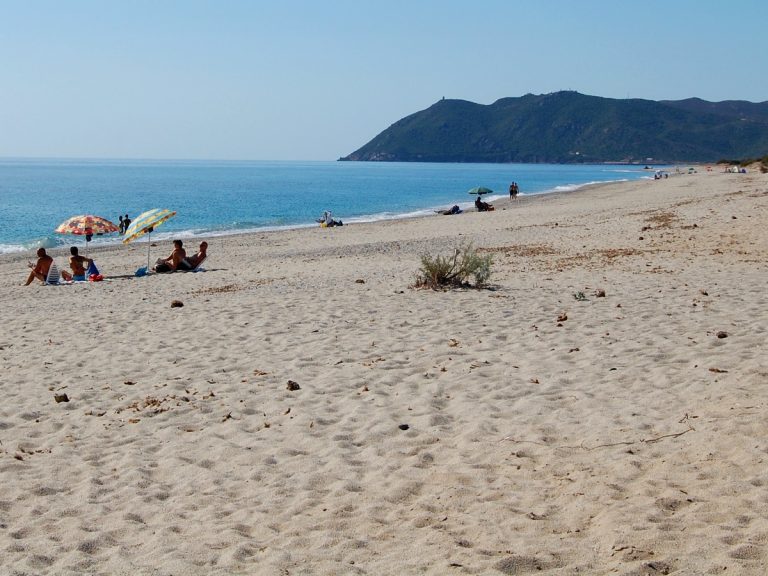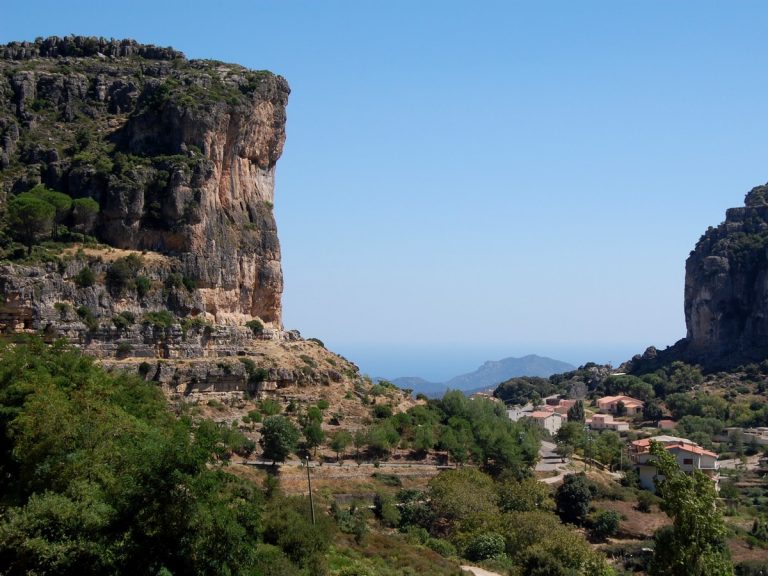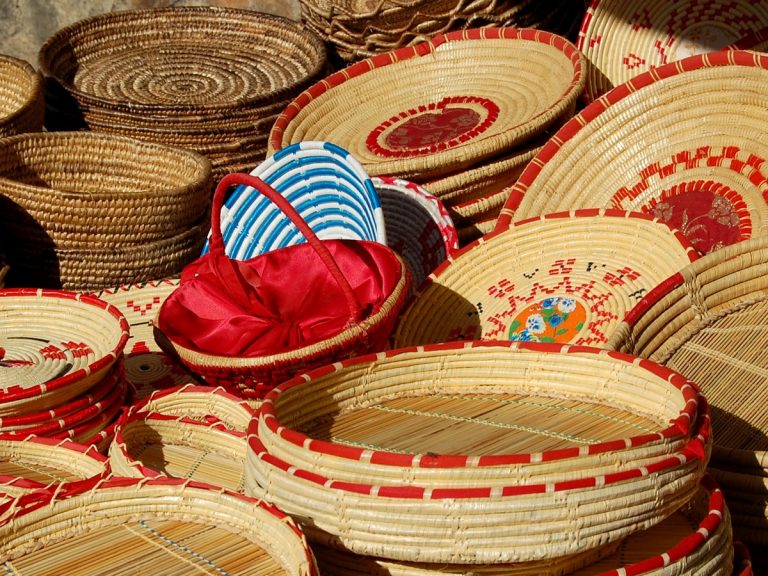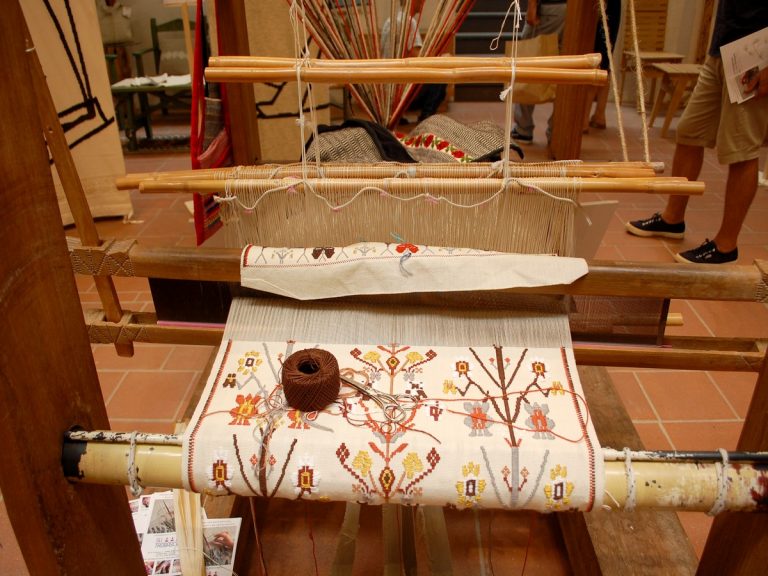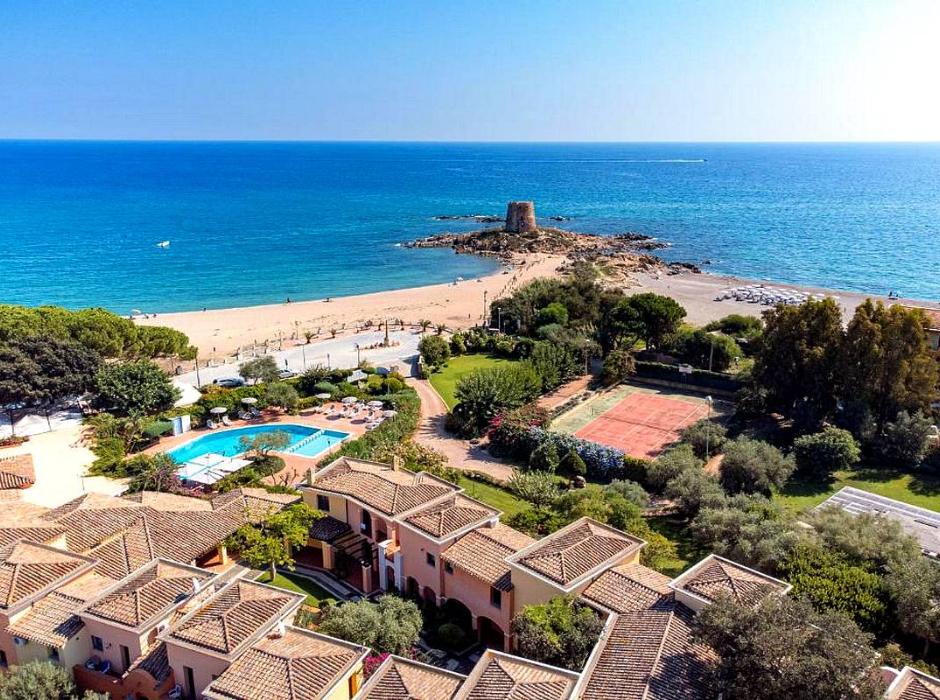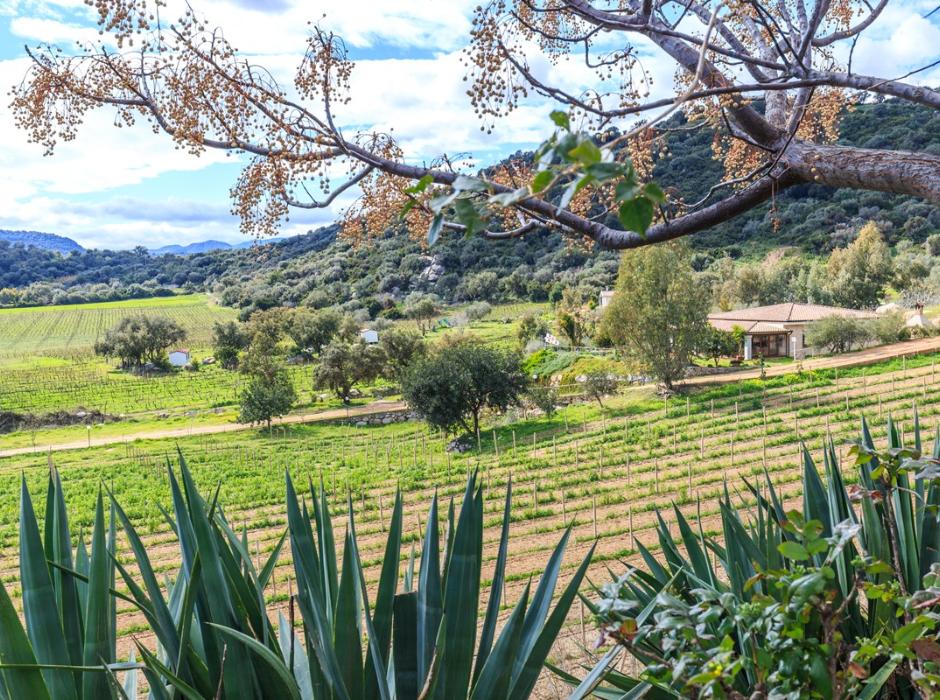Bari Sardo in brief – information and more
The holiday destination Bari Sardo with its almost 4,000 inhabitants belongs to the province of Ogliastra and is located on the east coast of Sardinia, about 1,2 miles from the sea. Bari Sardo can be reached easily by car on the highway S.S. 125 from Cagliari in the south (75 miles) or from Olbia in the north (105 miles). Both towns have an international airport, and Olbia owns also one of the most import ferry harbours in Sardinia.
Originally, the place founded in the Middle Ages was only called Bari. Only after the Italian unification in 1860, the town was named Bari Sardo in order to avoid confusion with the Apulian Bari.
What are the top attractions to see in Bari Sardo
Surely Bari Sardo is one of the popular beach holidays destinations in Sardinia, thanks to the beautiful and child-friendly sand beaches, which offer a lot of possibilities for water sports activities, like surfing, sailing, canoing, diving and snorkeling.
With its unspoilt landscape covered by a lush Mediterranean vegetation, the fertile plains of Planargia and Gleri, the Teccu’e Su Crastu plateau and the hills of Su Pranu, Bari Sardo offers a some nice natural sights, especially for nature lovers and those who are fond of activities like cycling, trekking, climbing and hiking or horse riding.
Other interesting sights are the numerous remains of the prehistoric Nuragic culture, such as the ruins of the impressive tower building Ibba Manna, Ibbixxedda, Niedda Puliga, Moru, Mindeddu and Sellersu, the giant tombs of Canali and Uli e Pitzu Teccu and the rock cut tomb Sa Perda Longa.
The 16th-century watchtower Torre di Bari, standing on a rock by the sea, is part of a former Spanish fortification system along the coast to protect from the attacks of the Saracens.
Like Sardara, Bari Sardo is known for its exceptionally beautiful hand-woven carpets and the production of varoius draperies that are artistically decorated with traditional Sardinian patterns.
Another handicraft that is still traditionally practiced in Bari Sardo is basket weaving: the baskets, made of rush, reeds, straw, willow and other dried plant fibres, are decorated lovingly with colored ribbons in typical patterns and are available in all sizes and different forms.
In August there is a fiest in Bari Sardo, to celebrate the Culurgiones, the typical Sardinian ravioli filled with potatoes, Pecorino cheese and mint.
The best beaches around Bari Sardo
Directly at the Torre di Bari is the homonymous long, sand beach, which is particularly popular with families with children. This is followed in the north by the Il Fico beach (part of which is also designed as a dog beach) and the Bucca e Strumpu beach. The white sandy beach Cea further north is about 7 km away and can be reached quickly by car.
South of the Torre di Bari there is a nearly 4 miles long sand beach that extends to Perdepera and has different names.
Best things to to in Bari Sardo and surroundings
Bari Sardo is situated between the sea and the mountains, in a fascinating and varied landscape and is one of the best places for activity holidays in Sardinia. If you are traveling by car, you should definitely drive through the mountain landscape into the interior of the island, either in the direction of Lanusai and Villagrande Strisalli or via Cardedu and Jerzu to Ulassai: the winding road offers amazing panoramic views, partly also sea-views.
In Jerzu, the Antichi Poderi wine cellar offers a good selection of red and white wines. The smaller wine producers in the region include the Cantine Sa Pruna and the Tenute Pisano in Perdaba. In this region the main grapes are Cannonau for red wine and Vermentino for white vine. We recommend to organize a wine tasting in one of the cellars.
Natural lovers should visit the two spectacular waterfalls Lecorc near Ulassai and Lequarc near Santa Barbara. The Lequarc waterfall is at least 330 ft wide and 230 ft high.
Above the Lecorc waterfall is the entrance to the cave Grotta di Sa Marmuri, one of the largest ones in Europe. After a somewhat arduous climb (about 100 steps), a flat path leads through the grotto with its stalactites and stalagmites and halls, some of which are up to 230 ft high. Since the temperature is contstantly 10 centigrades all year round and the guided tour lasts at least 1 hour, you should better wear a jumper, perhaps also long trousers and surely a sort of trekking shoes or at least some sneakers.
 it
it de
de nl
nl en
en fr
fr
